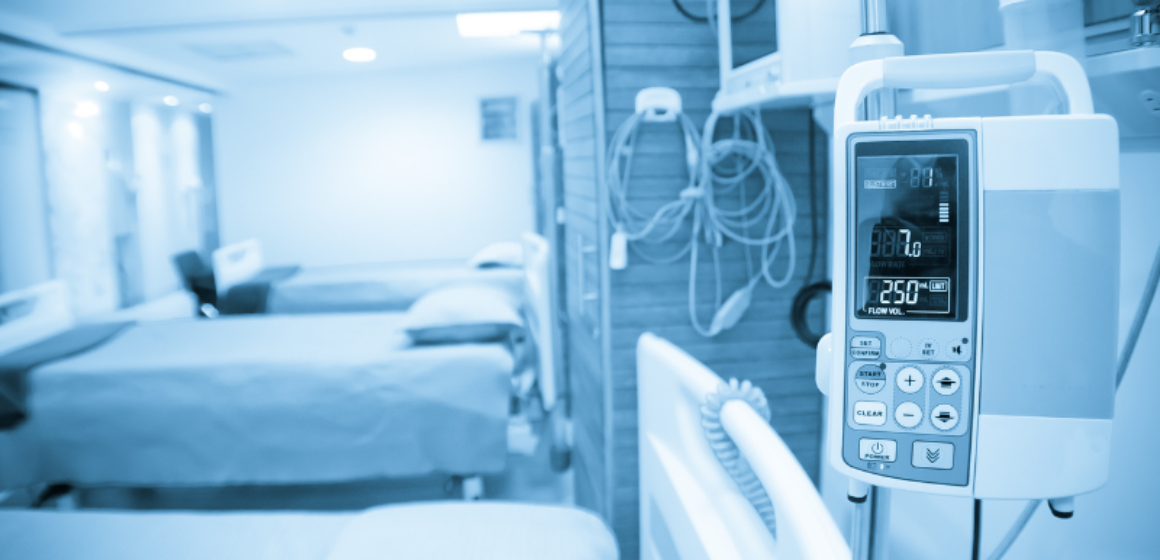Fear of COVID-19 is killing patients with other serious diseases
Massive education effort is needed to assure patients with potentially lethal conditions that hospitals are safe, says the Editor-in-Chief of The American Journal of Medicine
Philadelphia, March 23, 2021 – During the COVID-19 pandemic, Joseph S. Alpert, MD, Editor-inChief of The American Journal of Medicine, published by Elsevier, has observed that although nonCOVID inpatients suffered from the usual mix of conditions such as heart failure and chronic obstructive pulmonary disease exacerbations, the Internal Medicine inpatient population was distinctly different from what he had seen over the past decades. They were considerably sicker and closer to dying than in the past.
Dr. Alpert has been working on the Internal Medicine, Cardiac Care Unit, and Cardiology consult services. “At times, one third of our Internal Medicine patients were receiving consultations from the Palliative Care service and were being considered for inpatient or home hospice,” notes Dr. Alpert, University of Arizona School of Medicine, Tucson, AZ, USA. “In the past, the usual situation was no patients or just one patient being considered for hospice at any particular time.” Why had patient demographics changed? The answer is simple, he says. “Patients were avoiding the hospital for as long as possible because they feared acquiring a lethal COVID infection on top of their chronic illness. For the same reason, many hospitalized patients refused post-discharge physical therapy or inpatient hospice transfer following acute care.”
Recent studies in the United States and Europe have found that fewer patients with acute myocardial infarction or stroke were being seen in emergency departments. Moreover, hospital mortality was higher than usual, probably the result of delay in implementing evidence-based therapy. Patients often stated that they knew it was safer to stay home rather than come to the hospital, while others expressed fear that hospital staff would be so busy with COVID patients that they would not receive adequate care.
“I repeatedly told patients that they were safer with us on both our inpatient and outpatient services than they would be shopping for groceries, where they would not know the COVID status of the person standing next to them,” Dr. Alpert explains. He would list all the things they were doing to avoid transmitting the COVID virus in hospitals and clinics, from social distancing and no-visitor policies to constant cleaning and, more recently, near-universal vaccination for everyone working in the hospital and clinics. “Unfortunately, much of this information fell on deaf ears. It seemed that fear had overcome rational thinking.”
Dr. Alpert points to the airline industry, which has been dealing with irrational fears of flying for decades with special programs designed to help potential passengers overcome their flight anxiety. He suggests that the answer is likely to be the same for fear of medical attention.
“Medicine needs to use as many avenues of communication as possible to educate the public concerning safe conditions within hospitals and outpatient clinics.” He urges his colleagues to spread the word. “If you are sick do not hesitate to call 911 or get someone to bring you to the closest emergency department where you can receive potentially life-saving therapy,” he urges.











 Navigating COVID-19 Vaccine Prioritization and Delivery
Navigating COVID-19 Vaccine Prioritization and Delivery